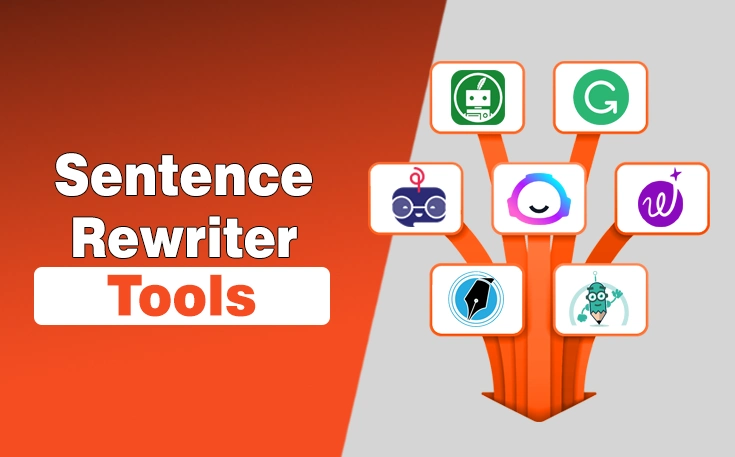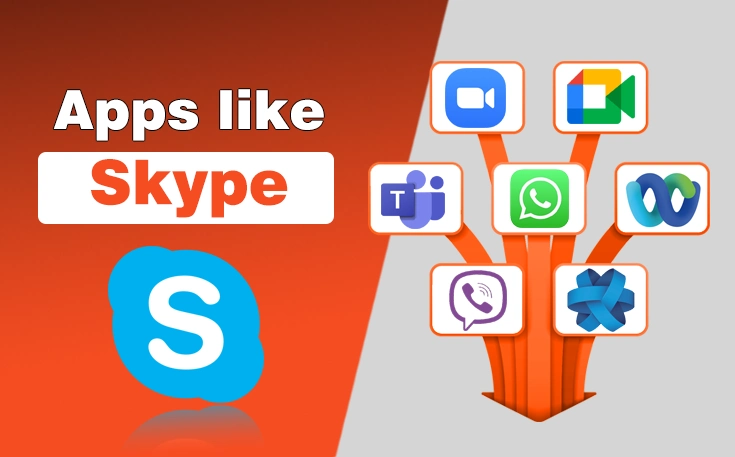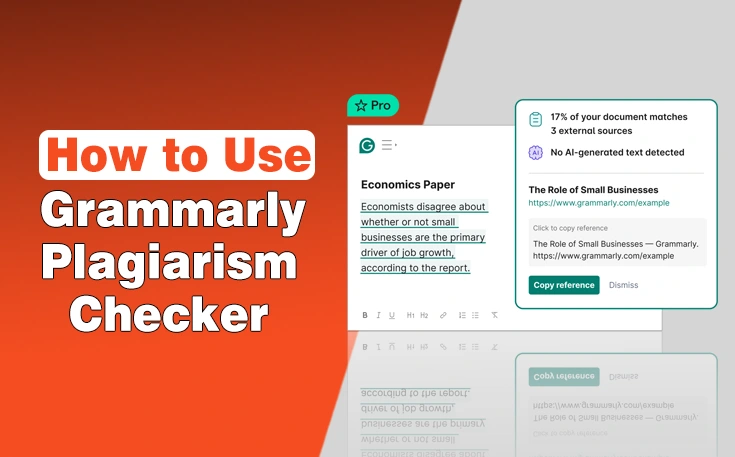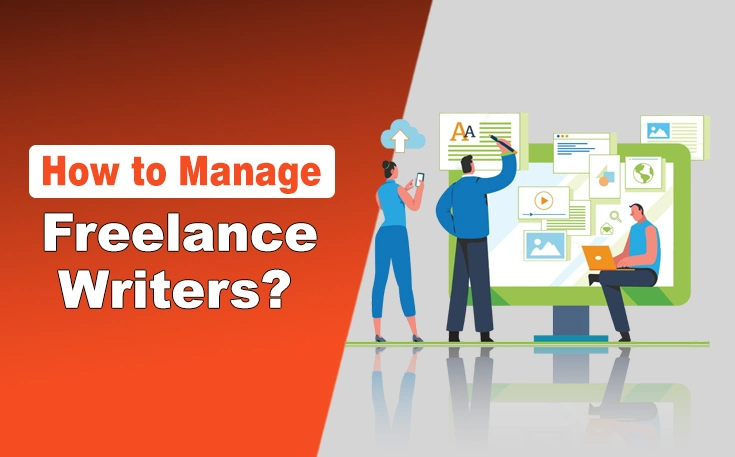If you are running a physical store, office, or service business, you have probably thought about taking it online. That’s a smart move. And if you are here, you are serious about it. I have detailed how to take your offline business online.
With more people turning to the internet to find products, book services, and even consult professionals, your offline-only model could be costing you growth opportunities. I know it can feel overwhelming like all the tech, tools, platforms, and strategies, but trust me, it is doable.
In this guide, I will walk you through everything you need to know, from domain registration to SEO, digital marketing, and customer retention.
Let’s bring your business online, the right way.
Why You Must Take Your Business Online in 2025
Before diving into the “how,” it’s important to understand the “why.” The online shift is not just a trend. It is a transformation. And the numbers prove it.
- Digital Consumption Is Dominating: In 2025, a total of 33% of users will be shopping online. That means even if you are not selling directly online, your customers are researching online first.
- Online Businesses Scale Better: Unlike brick-and-mortar locations, your website or ecommerce store doesn’t close at 7 PM. It runs 24/7. That gives you round-the-clock opportunities to capture leads and sales.
- Increased Revenue: When you take your physical business online, you are opening ways to a huge audience base to reach you and purchase your items or services. Hence, you can grab more revenue.
- Data Driven Growth Becomes Possible: Once your business is online, you get access to real customer data, such as who is visiting your site, how long they stay, what they like, and what they skip. That kind of feedback is gold when making business decisions.
How to Take Your Offline Business Online?
In the under section, I have detailed a step by step guide on how to take your offline business online. Now, you have to understand the details and make sure you are implementing them in the right way.
Hence, you can make an ultimate appearance on the web and grab the traffic to scale your growth.
Step 1: Clarify Your Business Objectives for Going Online
Before jumping into platforms and tools, you need a solid strategy. Going online without a plan is like building a house without a blueprint.
So, what do you want to achieve? This might be the first question that may pop up in your head. Additionally, you have to ask yourself:
- Do you want to sell products or offer services online?
- Do you want to build a community or brand awareness?
- Is your store about creating content to drive leads?
Your end goal shapes your platform, website structure, and marketing strategy.
Understand Your Customer’s Digital Journey
Your offline customers already have a journey such as word-of-mouth, visiting your shop, and purchasing. Now you need to map that to digital:
- How do they discover businesses like yours online?
- What questions do they ask before making a decision?
- What platforms do they hang out on?
This customer journey will influence how you set up your website, what content you create, and how you engage online.
Step 2: Choose the Right Digital Foundation (Your Platform Stack)
Your platform is the digital infrastructure of your business. This includes your website, hosting, ecommerce tools (if any), and integrations.
A Business Website Is Non-Negotiable
Even if you plan to sell only via marketplaces or social platforms, a professional website is your digital headquarters. Here is what your website should have:
- Domain Name: Buy a domain name that matches your brand name. Use “.com” or country-specific TLDs like “.au” or ” .co.uk”. Use domain providers like Namecheap, GoDaddy, or Google Domains.
- Web Hosting: Your hosting choice affects speed, uptime, and SEO. Shared hosting is fine for beginners (such as Bluehost). However, if you expect traffic spikes, consider cloud hosting like SiteGround, A2 Hosting, or Cloudways.
- Content Management System (CMS): If you need flexibility and control, use WordPress. It is open-source, SEO-friendly, and supports ecommerce with WooCommerce.
Alternatives for Non-Tech Users
- Wix or Squarespace for drag-and-drop building
- Shopify for ecommerce-focused businesses
Step 3: Design a Conversion-Focused Website
Your website is not just a brochure. It should convert visitors into leads, bookings, or buyers. Therefore, it should feature some must-have pages, listed below. I am also linking them to the pages of my website so you can have a practical and live idea.
- Homepage: Explain who you are, what you do, and how you help in the first 5 seconds of visiting.
- About Page: Your brand story. Add photos of your team, behind-the-scenes, and your mission.
- Services Page: Include high-quality photos, clear descriptions, benefits, and pricing. Integrate booking or buying features if possible.
- Case Studies: Build trust with real quotes, case studies, or client stories. Video testimonials work wonders here.
- Contact Page: Include a form, email, phone, WhatsApp, and your location (with a map). Add social links too.
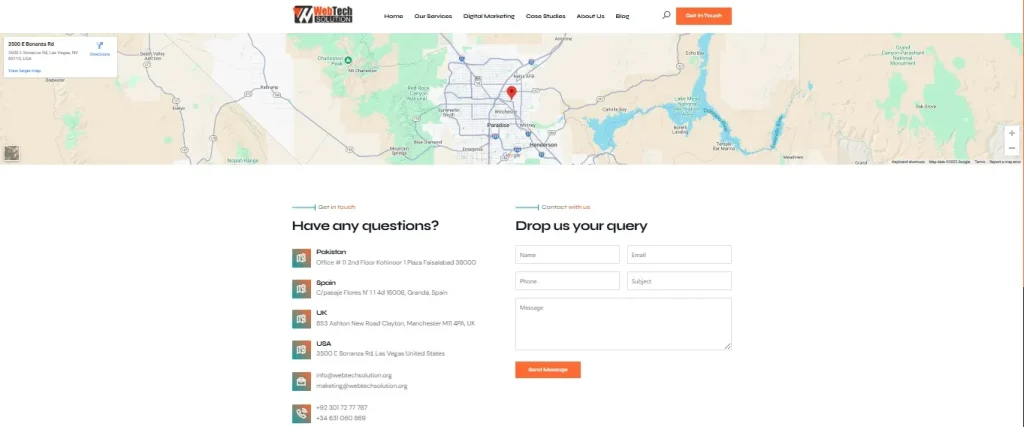
Tips to Grab Attention
In the very beginning of establishing your online business, you might struggle with getting the attention of the visitors. I can anticipate it as I have also faced this struggle. So, here I am giving you some tips to grab the attention of the users.
- Use a lead magnet (like a discount or free consultation)
- Add strong CTAs on every page
- Install popups or banners for promotions
- Enable live chat (Tawk.to or Crisp)
Step 4: Set Up Ecommerce If You Sell Products or Services
If your business involves selling products, you will need ecommerce capability. Here is how to structure it:
- Use a Dedicated Ecommerce Platform: If selling is your core business, Shopify or BigCommerce offer setups with secure payments, shipping integrations, inventory tracking, and mobile responsiveness.
- Set Up WooCommerce on WordPress: Perfect for hybrid businesses or those wanting control. Combine with plugins like Stripe, PayPal, and ShipRocket.
Next, you have to enable trusted, secure, and functional payment gateways or a digital wallet so that your customers will find it comfortable when paying for your products and services. I usually recommend the following payment options:
- Stripe: For credit/debit cards globally
- PayPal: Great for international buyers
- Payoneer: For global businesses
- Cash on Delivery: If relevant to your audience
Step 5: Get Listed on Google and Other Local Directories
Being online means being discoverable. That’s why it is essential to list your online business on Google My Business and other directories. When you set up your profile on GMB, you will start appearing in local search results and Maps.
Add high-quality photos, regular posts, product or service info, operating hours, and ask for customer reviews. Besides, you should also list your brand on other platforms like:
- Yelp
- Bing Places
- JustDial
- Sulekha
- Apple Maps
These listings send local SEO signals and drive traffic.
Step 6: Create and Execute a Digital Marketing Plan
Having a website isn’t enough. You need people to find it, engage with it, and return. That’s where search engine optimization and digital marketing can help you. I always recommend that brands utilize the potential of these services.
Not only, they establish your brand’s worth in local search engines, but they also open ways to a global audience. The key areas you should focus on are:
- On Page SEO: Use targeted keywords in your title tags, meta descriptions, H1/H2s, image alt text, and URLs. Tools like RankMath or Yoast SEO make this easier.
- Technical SEO: Ensure mobile responsiveness, fast page speed (use GTmetrix), clean hierarchcial site structure, and SSL certificate.
- Content Marketing: Start a blog answering questions your customers ask, such as “How to Choose the Right Salon for Your Hair Type” or “Top 5 Shoes for Flat Feet – Expert Picks.”
- Email Marketing: Use email marketing tools like Mailchimp or ConvertKit to build a list. Send welcome emails, product updates, and offers. Add popups or forms to capture emails.
Need Professionals’ Help?
If you are a beginner who is just taking the physical business online, you may struggle doing White Hat SEO and Digital Marketing. But don’t worry.
WebTech Solution! A top digital marketing and SEO agency is here to provide you with all the “Services” required for establishing your brand online.
Step 7: Strengthen Online Customer Experience and Support
Your digital customers need just as much attention as your in-person ones. That’s why you have to take care of them. Otherwise, poor engagement will result in increased bounce rate, and you will not be able to generate leads.
To strengthen your online customer experience and support, the following tricks will definitely work out for you.
- Install Live Chat and Chatbots: Use Tawk.to, Drift, or Messenger plugins. Provide real-time help or automate common answers.
- Build a Help Center or Knowledge Base: Include FAQs, video tutorials, and how-to articles. Tools like HelpDocs or Zendesk work well here.
Step 8: Analyze, Improve, and Scale Your Online Business
What gets measured gets improved. So, you should use analytics tools to track your progress and optimize continuously. Here are a few options that I personally implemented and still using when I first took my offline business online.
- Install Google Analytics and Search Console: Track visitors, traffic sources, user behavior, and keyword rankings.
- Use Heatmaps and Session Recording: Tools like Hotjar show how users interact with your site, where they click, and where they drop off.
- A/B Testing: Use tools like Google Optimize to test headlines, CTAs, layouts, and offers.
Final Thoughts
These are the details on how to take your offline business online. Remember, this whole process is a journey that starts with clarity and ends with consistent growth. Whether you are selling handmade products or offering consultation services, going digital opens doors you never knew existed.
I hope this detailed guide gave you both the strategic and technical know-how you need. Remember, you do not have to do everything at once. Pick a step, start small, and build with confidence. The online world is waiting and your business deserves to be seen.


